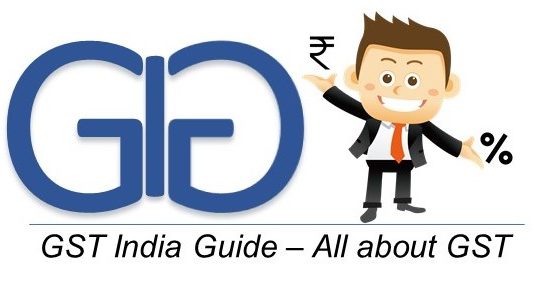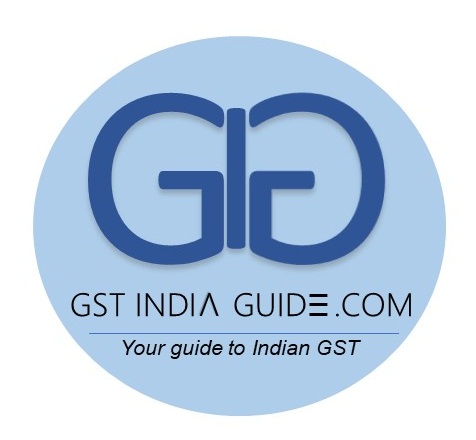The newly introduced goods and services tax (GST) is India’s most significant tax reform in decades. It is expected to usher in a harmonised national market for goods and services and lead to a simplified, assessee-friendly tax administration system. But getting GST compliant for businesses may mean significant re-thinking of business processes and systems. What does this mean for IT teams? Two key executives from German enterprise software maker, SAP—Neeraj Athalye, head of SAP S/4HANA, Indian subcontinent and Arun Subramanian, vice president, globalisation services, SAP India—speak to Sudhir Chowdhary on the transition challenges and road map for implementation during this digital transformation. Excerpts:
What are some of the major challenges for the industry while adopting GST?
Neeraj Athalye: There are two basic challenges. The first is getting clarity on GST, which is an ongoing challenge and is expected to be addressed as we progress towards a successful transition. The second challenge is making the businesses GST compliant. As a technology organisation, it is important to know where businesses stand. Businesses need help on the road map to move to GST compliant systems. As SAP’s solutions cut across 26 industries, we understand that each company has different needs depending on the industry it belongs to.
How can IT companies such as SAP support India Inc, especially SMEs, to be prepared to move onto the new GST regime?
Athalye: SMEs have always been a very strategic customer base for SAP. We have launched various solutions to meet their requirements and have multiple solutions depending on their size and scale. For GST, it is critical for us to help them through this journey towards achieving compliance. We have recently announced a knowledge platform available at sap.com/India/SimpleGST, with Assocham as industry partner, where all the GST related information is available to businesses, irrespective of their size. Large enterprises have access to a whole bunch of consultants, advisors and others for getting requisite information on GST. Since SMEs may not have the same kind of access, we have taken a three-pronged approach—connect, engage and transform to enable them for this.
Connect: We connect through digital media as well as through a lot of pan-India forums.
Engage: For engaging or reaching out to enterprises across the country, we have a large set of partners that we work with across diverse industries. We enable the partners to take the message and process forward to businesses. Additionally, we are available on a 24×7 SAP support line.
Transform: We have various tools today that help businesses with their transformation journey. Be it the S/4HANA digital core road map or how companies go about adopting it, all such information is available through blogs/white papers/e-learning sessions. We conduct wide web learning/ training sessions and seminars as well.
Arun Subramanian: We started this journey of reaching out to businesses and the ecosystem sometime back in December 2014, when the white paper for GST was ready. In addition to webinars and regular sessions, industry work groups, we are also going to put our solution proposal on the knowledge platform along with sound bytes from senior executives, consulting notes and other prerequisites. Additionally, SAP is reaching out not just to businesses, but partners as well. We want to give as much information as possible to ensure that everyone is crossing the line on April 1, 2017, because if even one company misses the deadline, the chain will break.
Do you see GST to be a catalyst of growth for the Indian enterprise application industry?
Athalye: Absolutely. If a retail company has to be GST compliant, all its suppliers need to be GST compliant as well. A big ripple effect of digitisation is to be expected out of this implementation. This will be followed by optimisation. As I said, GST will have an implication on the number of warehouses every company has.
GST is not just a taxation exercise. Isn’t there a huge amount of IT technology infusion that is going into the whole business landscape?
Subramanian: Absolutely. First, the tax follows the goods because it is a tax on supply. Second, look at how the government has announced the law. It says upload all your supply invoices electronically onto the GSTN system. So, if everyone with a tax base of R20 lakh is going to upload their supplies, this will include any business that makes R6,500 earning per day, which could be a pav bhaji vendor or panwalla as well. That is how wide the tax base is going to be. They are saying every supply invoice has to be in the system.
The GSTN is not just going to hoard data, it is going to act as a clearing house mechanism. Interstate supply will do the transfer of SGST (state GST) from state A to state B where the goods are moving. That’s how the tax is moved with them electronically. If you look at it, everything is getting tagged into the system. So IT enablement is going to be pivotal as everyone is going live. Everyone is going to have to learn and then take it forward from there. We will be going paperless. IT is going to be a key driver.
GST may translate into processing of 300 to 500 crore (3-5 billion) invoices every month. How can the SAP system help to deal with the volumes?
Subramanian: According to our understanding, about 4-5 billion invoices will be uploaded onto the GSTN system on a monthly basis. I can safely say 30-40% of this number would come from an SAP system. The question is on the line of connectivity to GSTN. We are looking at building solutions with SAP HANA as the database to help even those businesses who probably are not on SAP S/4HANA or the digital core to process large volumes of data.
Each organisation is estimated to process 50,000 to seven lakh invoices a month. With HANA as the database, our solutions will specifically be able to cater to each and every size and segment of the businesses that we support today. For those who cannot afford S/4HANA or those who are looking at S/4HANA a little later down the line, we have an interim solution as well. So from a compliance point of view, businesses will not be affected.
We have handled several legal changes in the past—those that were part of Yashwant Sinha’s budget, VAT, service tax, the NFE going automatic in Brazil, and the digital agenda of the European Union. In Brazil, for example, you cannot issue an invoice to your customer. It goes to the government system, the tax is verified, and then you send your invoice to your customer. The electronic invoicing in Russia also follows a similar process where it doesn’t go directly to the government, but it goes to a registered tax authority and through the registered tax authority the invoice is directed to the customer.
What have been the key learnings from other markets where GST was implemented?
Subramanian: Let me take the example of Canada. There are three levels of taxes, exactly as in India— federal, provincial and inter-state. It has an integrated GST with one rate, hence, it was simpler. Prior to GST it had VAT, which had two rates, so it was an easier transition. However, in terms of industry and practices it was a mature market. So the enterprises that transitioned were able to do it probably in a much efficient manner.
A recent example is Malaysia, where the industry and the enterprises are not as mature as that in Canada. There were teething problems, coupled with strikes by traders against the increase of the tax net, even though it went with one single tax across the country. So we have had varied experiences. For India, I think it is very important that from a policy perspective, while we have a draft model in place today, the business of business should be business, it should not be compliance.

